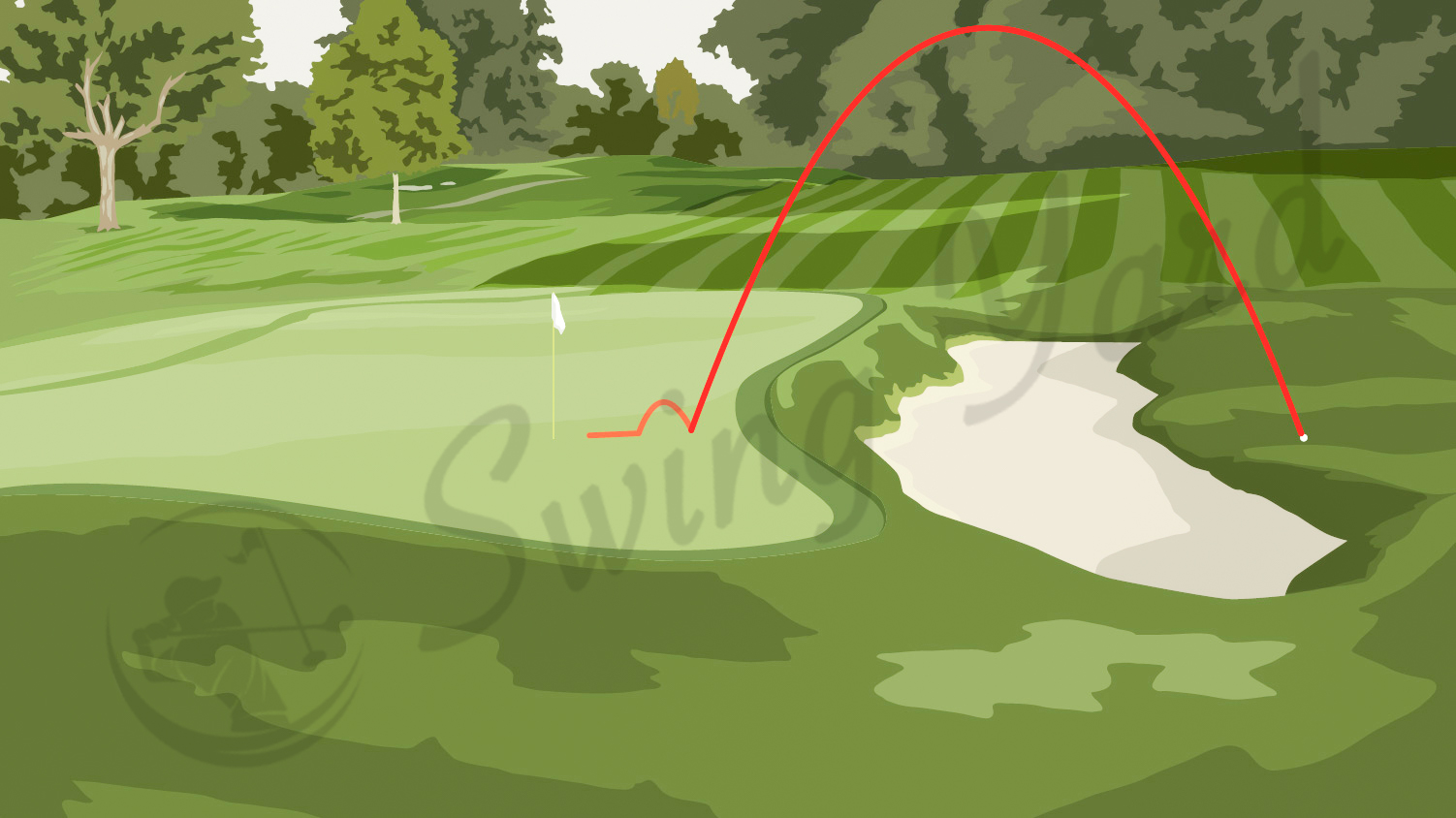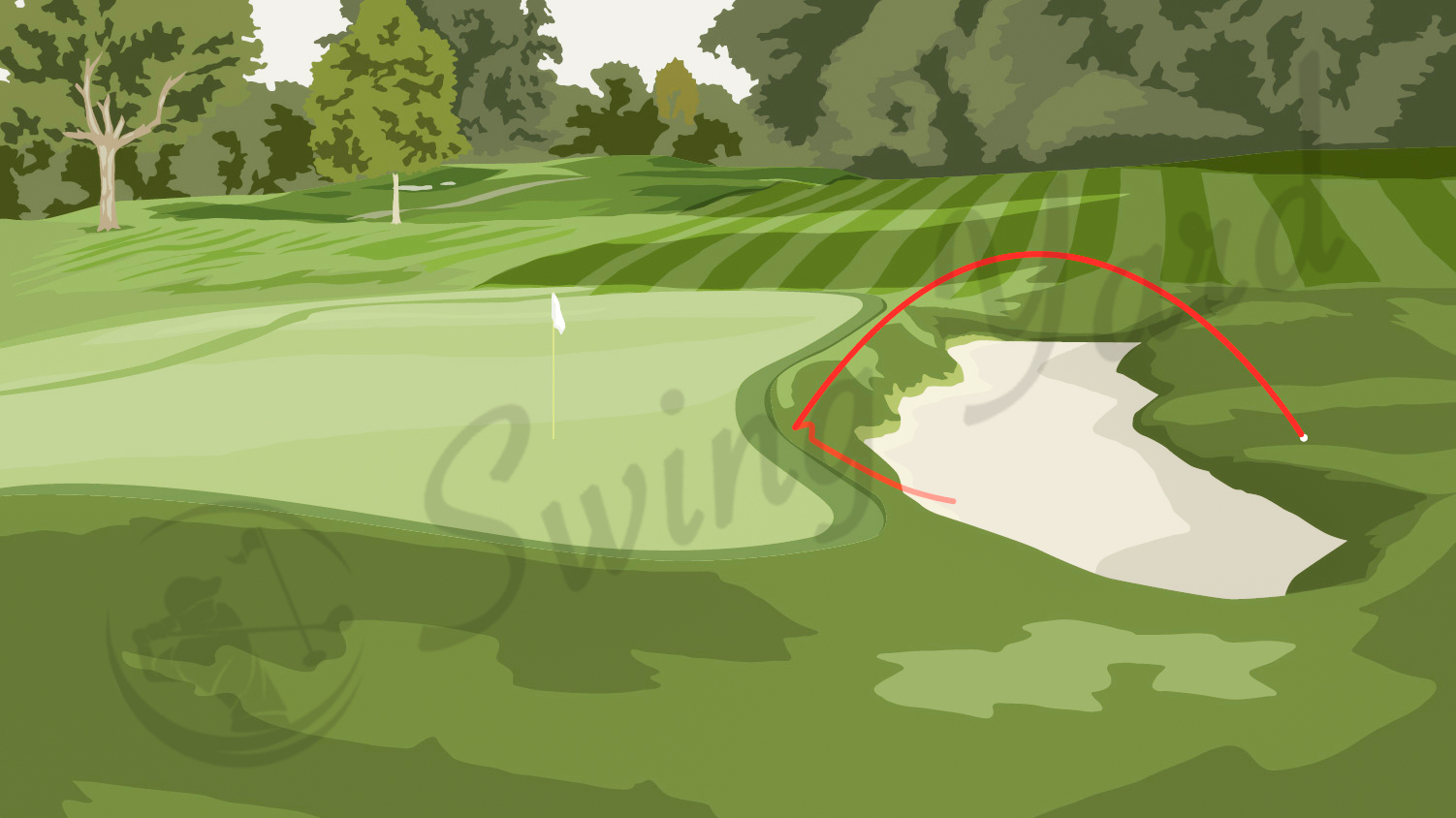How to Break 70 in Golf: Join the Elite Percentage of Golfers

By Coach Erik Schjolberg – Feb 27, 2024
Contents
Key Takeaways – The Road to Breaking 70 Golf Score
- Custom club fitting is key to breaking 70; no loft gaps or improper shaft and grip combinations can be in place to go lower than 70.
- The mental game becomes just as important as the physical game at this level
- One putts are critical; two putting is not good enough if you plan to break 70 in golf.
- Hitting the ball straight is important, but it won’t be enough to be able to break 70 in golf, learn to hit a draw, fade, and high and low shots to be able to do this consistently. Plan out each of your shots and the course you will play.
If you have been playing golf for a long time, chances are you have a goal to break 70. Breaking 70 is a huge accomplishment, and it leaves room for very few errors in your golf game. Essentially if your golf skills are not on point, breaking 70 won’t happen.
However, if you are ready to make some adjustments in your game, put the time in, and finally see those 60s on your scorecard, I have some really great tips to help get it done.
My Tips on How to Break 70 in Golf
As I warned, breaking 70 is no easy task. Many players get frustrated by the amount of time, work, and effort that goes into breaking 70. Let’s face it the average person will never accomplish this in their lifetime.


That’s why you will notice that the skills and steps needed to break 70 in golf are considerably different than breaking 90 or 80. Be prepared to think a little outside the box here.
#1. Get The Right Equipment
Before you get into the skills necessary to break 70, make sure you consider the equipment that you are using. A custom fitting with a premium launch monitor can give you some ideas as to where the golf ball is going and how you can change that with the proper equipment.
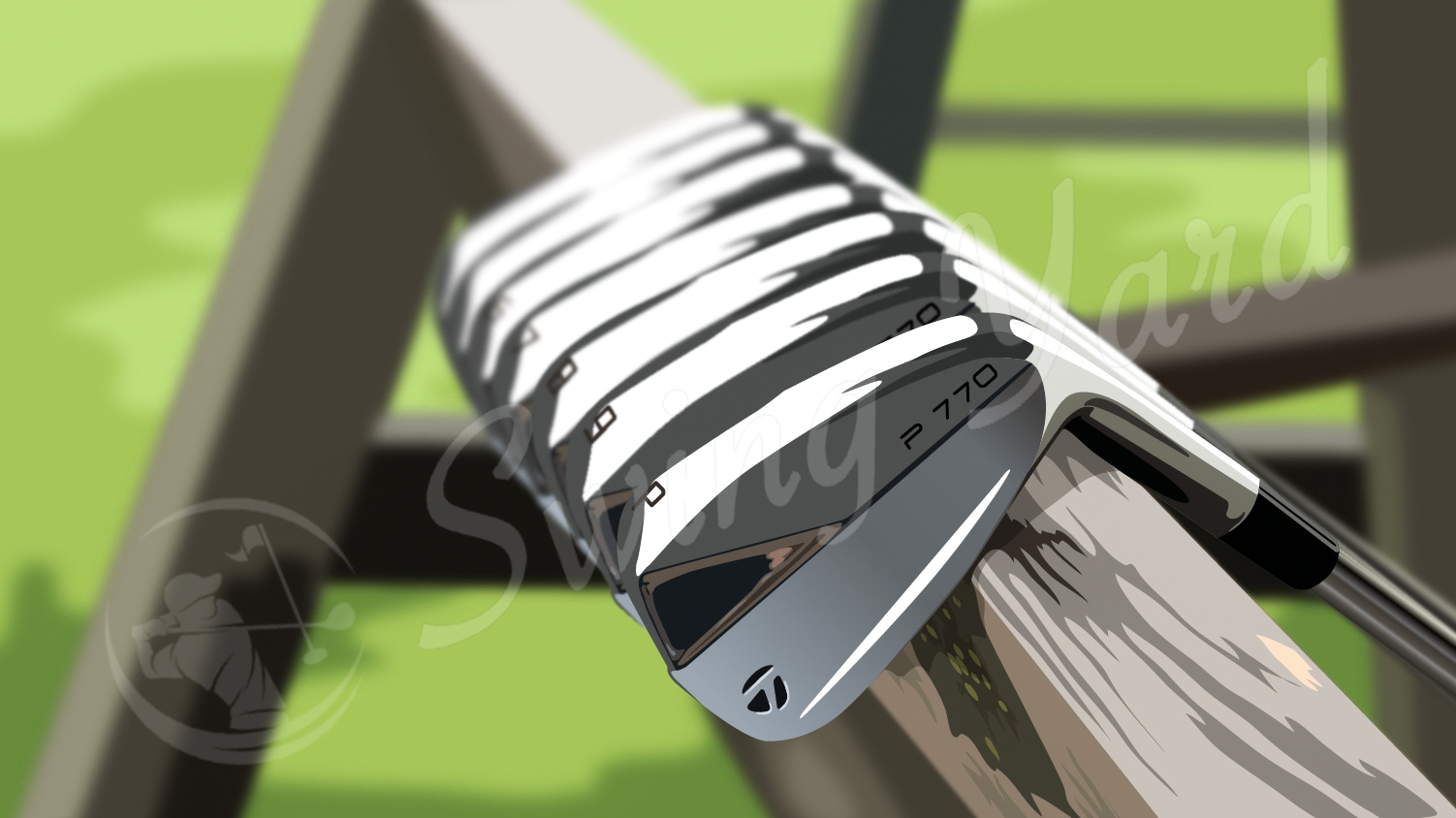

In addition, check for loft gaps and make sure they are small. Also, look at the condition of your grips and ensure they have plenty of traction.
If your equipment is a perfect match for your game, you can expect much more distance and accuracy out of your golf shots.
#2. Trust Your Golf Swing
If you are ready to start breaking 70 golf, you need to trust your golf swing. A confident golfer is almost always a better golfer. If you are standing over the ball, worrying about where the golf ball may end up, you are not ready to break 70.
If you have just changed putting grip styles, or think your swing plane is a little too steep, try to work those things out before going out to the golf course. I don’t like having more than one swing thought in my head if I’m going to work on breaking 70.
Spending hours practicing on the range is done so that your training will pay off when you get to the course. Stand over the golf ball with full confidence and understand that the results are because of the practice time put in.
#3. Know Your Distances
I know how far each of my golf clubs goes, but in addition to knowing the total distance, I also know the carry distance. If you have a golf ball in your bag and you aren’t exactly sure how far it could go, you won’t break 70.
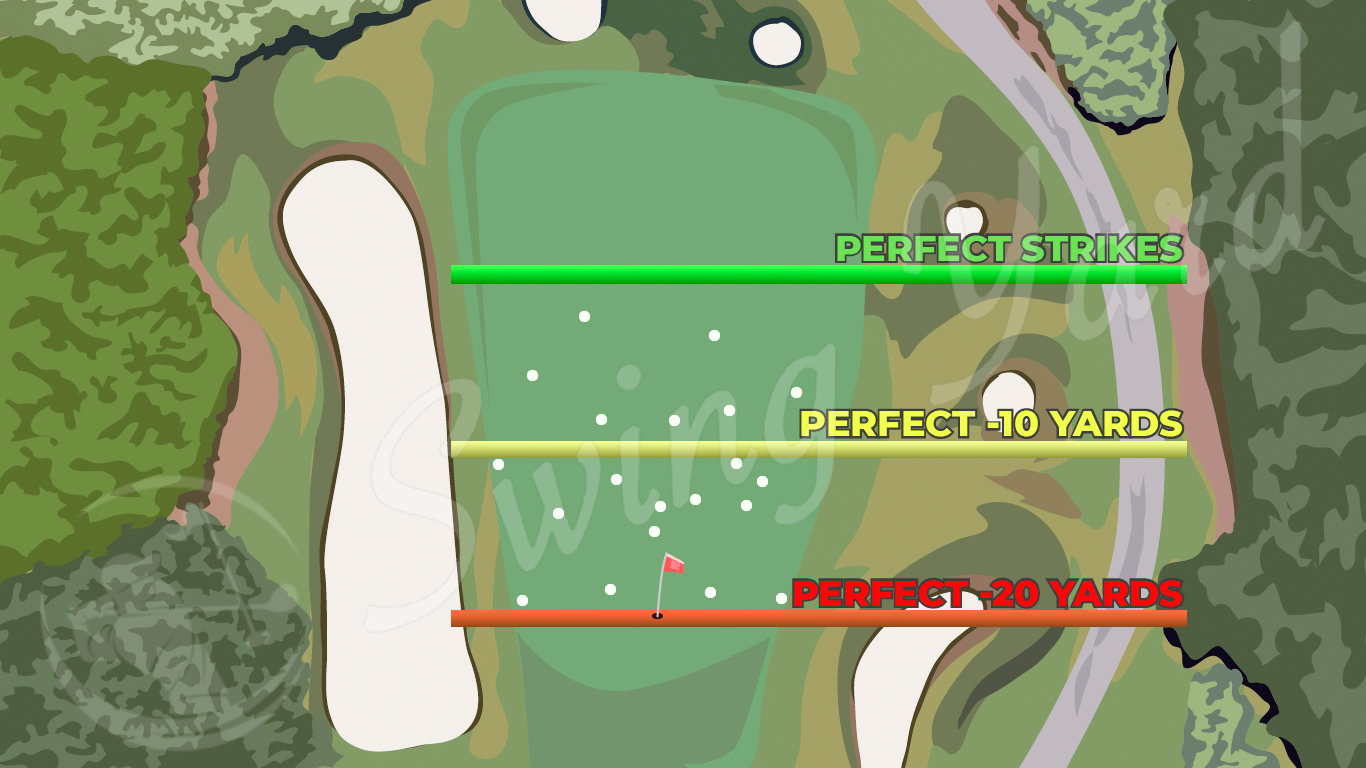

To hit an approach shot close to the hole, you will need to know exactly how far each of your golf clubs goes. I recommend investing in a rangefinder that you trust. If you cannot trust the yardage, it adds additional problems to the round.
Most average golfers have ballpark numbers that they will hit each of their irons or wedges. As you get closer to breaking 70, you will need to have a more accurate idea as to how far you hit each club.
#4. Perfect The Tee Shot
The tee shot sets up the rest of the hole. When breaking par, your golf shot must end up in the fairway. If the driver or the fairway wood that you hit ends up in the rough, certain shots to get to the green will not be possible.
One of the first things I do when I get to my tee shot is analyze the lie and determine what will be possible. Sometimes I’m able to hit more aggressive approach shots if my lie is perfect.


Once the ball ends up in the rough, the goal will be to make a par save as opposed to making a birdie.
While we are on the tee shot, you have to start looking at where on the fairway you land your shot. If the pin is on the left side of the green, you may want to hit your next shot from the right side of the fairway to ensure a better angle.
For some golfers, the driver is the best shot off the tee because it maximizes distance. However, if there is a water hazard or trouble the same distance you normally hit a driver, consider something else.
#5. Analyze The Greens Before Swinging The Irons
When amateurs that are average golfers play golf, they often look to get a golf ball on the green, regardless of where on the green it ends up. Essentially it wouldn’t matter if you hit the ball on the left or right side of the green etc.
However, when you are looking to break 70, the approach shots are much more critical. Before hitting your shot, you must analyze the green.
When I learned how to break 70 in golf, I thought of the placement of my iron shots into the green entirely differently. Each one was about setting myself up to make a birdie, not a par. When breaking 70, par is not going to be good enough.
When I analyze a green, I look at three things, the trouble around it, the pin position, and the slope of the green. What kind of a putt do I want to leave myself? In addition to getting the ball close to the hole, it’s also important to set up an easy putt.
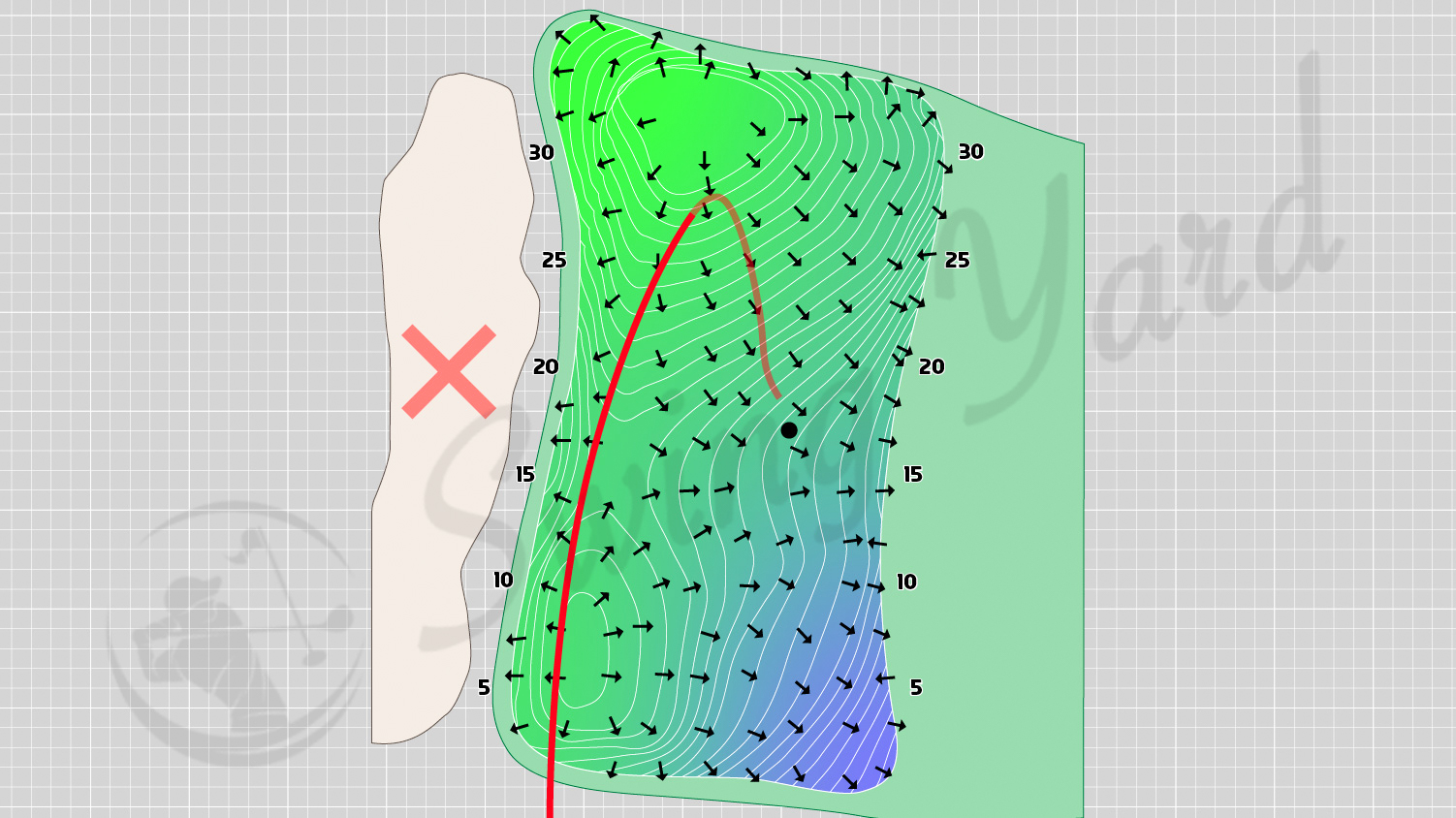

If you hit greens in regulation already, that’s a significant first step, but you will absolutely need to learn how to read greens if you want to break 70.
#6. Attack The Par 5’s
The par 5 holes are very important when you are learning how to break 70 in golf. If you are making a bogey or double bogey on a par 5, it becomes incredibly difficult to shoot lower than 70.
The par 5’s are your birdie holes.
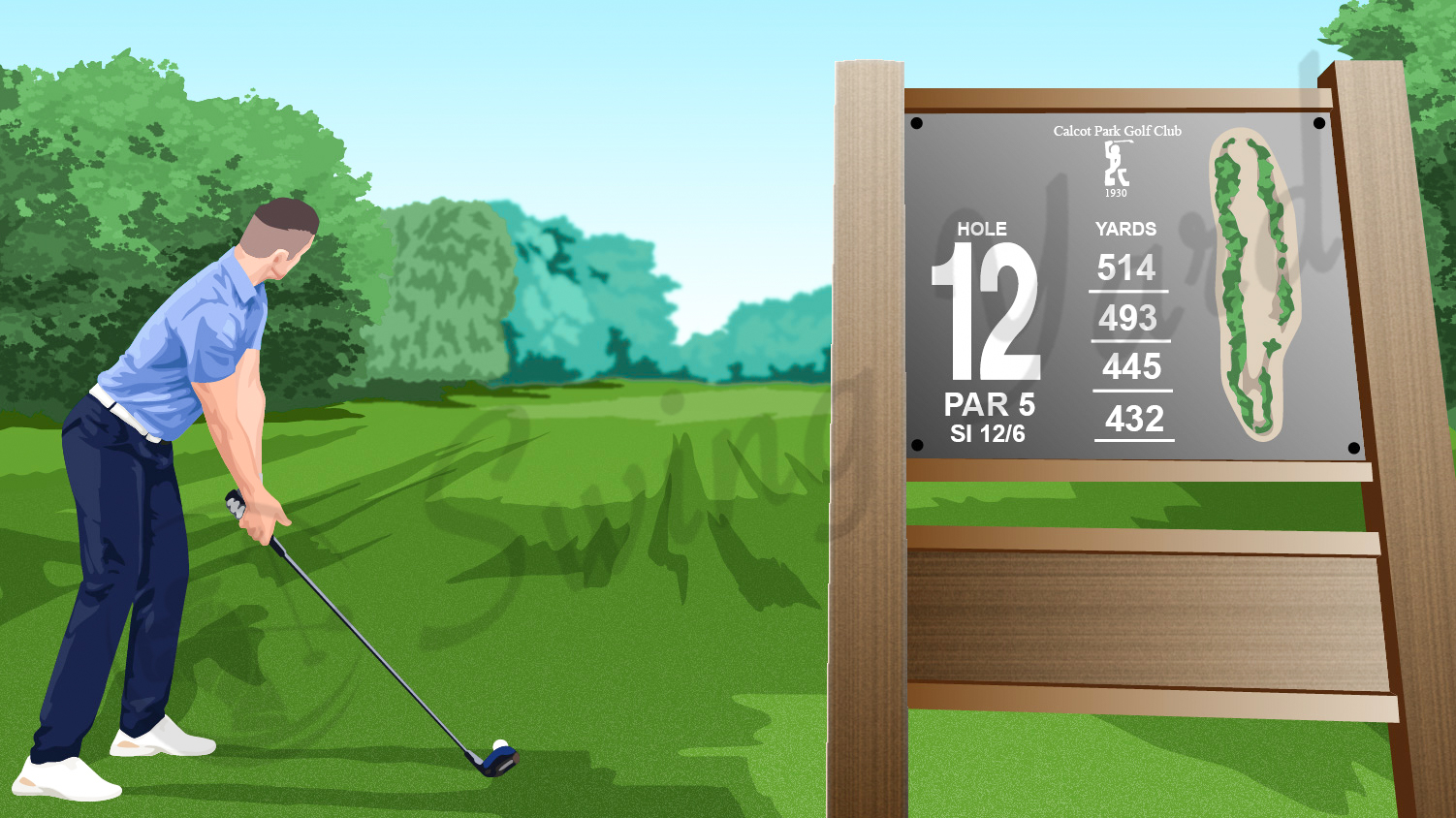

If you are smart about how you play this, there is even a chance you could make an eagle on some of these golf holes.
Before you play a round of golf, you must determine a plan for the par 5s. This plan should be a bit more aggressive than you may have taken in the past. If you have always played golf to make pars on holes, your mindset will have to change a little.
Start taking the fairway wood or hybrid out of the bag for your approach to par 5. You will need to birdie this hole, but making an eagle is also a great option.
If you play a standard golf course with four par 5’s and birdie each of them, that will give you the birdies needed to break 70. Of course, every other hole would need to be par, but many players in this handicap range are good at making pars.
#7. No Choice But To Get Up and Down
There will be times when you hit a shot that misses the green. This is to be expected, but a great golfer is good at getting up and down and saving par.
If your entire day is spent saving pars, chances are you won’t be breaking 70. However, if you happen to make a simple mistake but you can get up and down, you will save par and move to the next hole.


Some pars are great pars because they allow you to get out of trouble. If you can hit the ball in the bunker and then make a five-foot putt to move on to the next hole with a par, you will have a much easier time breaking 70.
#8. Get Aggressive On Birdie Putts
I get it; making birdies may feel like it is exciting. However, when you are playing to break 70, making birdies has to be the norm. When you have a chance at birdie, you must seize the opportunity and do everything you can to make the putt.
When you have a 20-foot putt for birdie, you can’t leave this short.


Give yourself a chance to get every birdie putt into the hole. Three birdies will get you to 70, but you will need four if you plan on breaking 70.
When I stand over a birdie putt, I simply change my mindset from “a birdie would be great” to “I must make this putt.” Putting extra pressure on the task at hand has helped my short game tremendously.
No longer do I look at a birdie putt and believe that it would be a bonus to make it; I know I need to make these throughout my round.
#9. Develop A Mental Strategy
Every golfer needs to work on their mental strategy out on the course. However, if you are a golfer looking to break par, the mental approach becomes even more important.
Make sure that your mindset is properly preparing you to go low. Many golfers feel like making a double bogey or a bogey will ruin their chances of breaking 70. This is not the case.
It’s really how you react and respond after a rough first hole that will decide whether or not you can go low that day.


Ben Hogan once said, “In the game of life, treat your birdies like your bogeys.” He was often thought of as a miserable player who didn’t have all that much personality.
What great golfers can see is that he was hard at work. Hogan looked at each shot the same, calculated them carefully, and always had a mental strategy for his round of golf.
It will take time to put together a mindset that works for you. The key is to be smart about approaching your golf shots and scores.
#10. Work On Yourself Outside Of the Course
I have found that when learning how to break 70 in golf, it was very helpful to also work on myself outside of the golf course. I cross-trained and got into better physical condition. If you ever feel a little sluggish walking up to the 18th green, the proper physical conditioning can help.
In addition, I read books about the mental game and worked on chipping and putting from home while studying what my mindset should be.
Before a round, I stretch to ensure that I have maximum flexibility when out on the course. In addition, I’m much more careful about what I eat before I go to the first tee box. If you think there is no difference between a clean protein shake and a sausage and egg sandwich, think again!


As I’ve mentioned several times, when you want to break 70, it’s a bit of time and effort that needs to be put in that will be unlike other projects you have had on the golf course.
#11. Study The Golf Course & Experiment When Needed
Last and certainly not least is a bit of golf course strategy advice.
This strategy may not be as crucial if you play the same golf course each time you go out. However, when playing a new course, you should study it before you go out to play. Know where all the water hazards are, and take a look at which holes are considered the hardest on the course.
Take time to understand where golfers struggle and where your opportunities are for shooting low.
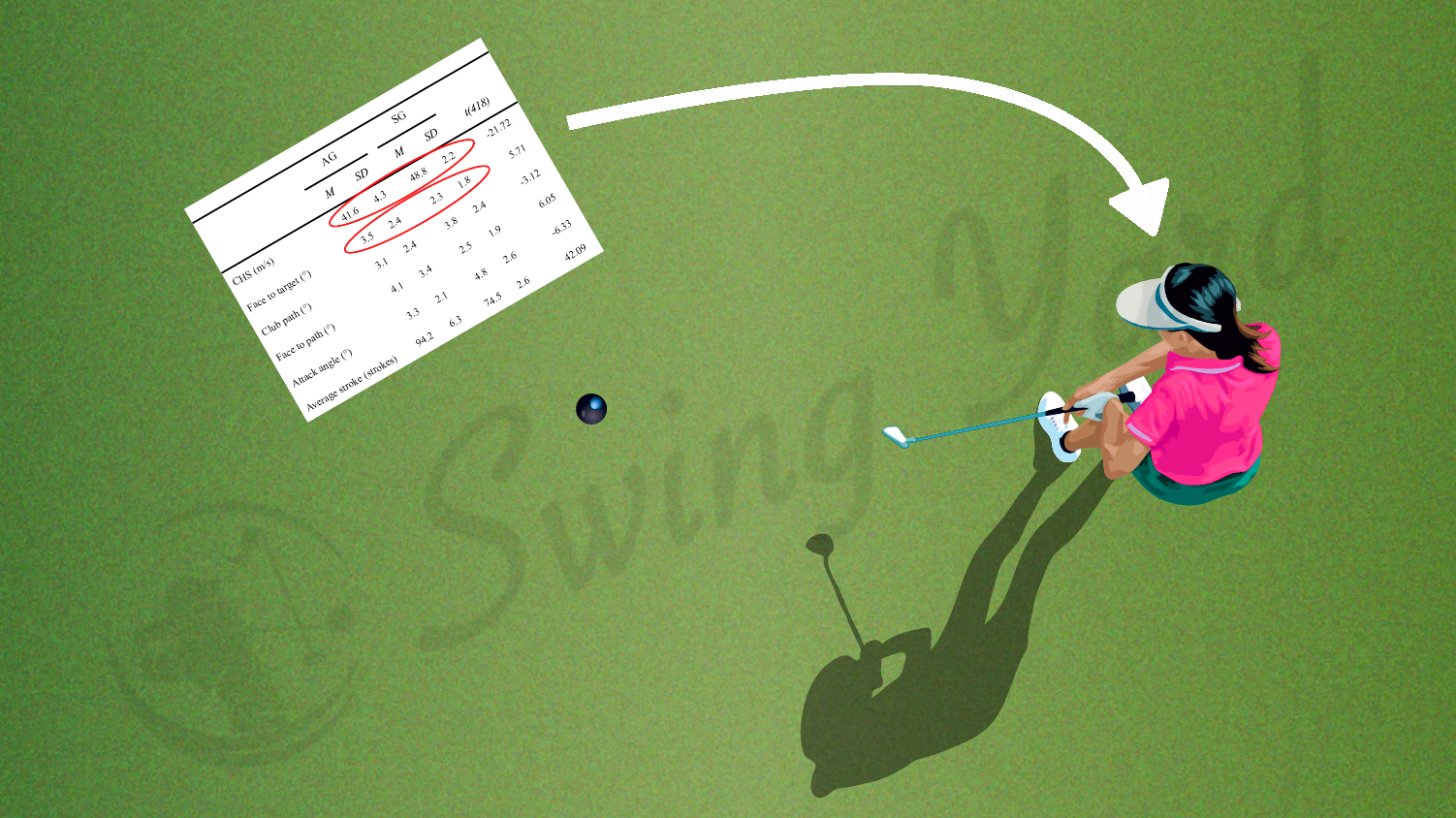

If you play the same place over and over again, take a look at your strategy and determine if it is working. For instance, if you always hit the ball down the left on this certain par 4 and it results in a par/bogey each time, look at what hitting it down the right side could do.
Sometimes playing more of a practice round where you hit some extra shots and determine if a draw shot or fade shot could be helpful in certain areas will help you see how your strategy can be improved.
FAQ
Here are some of the most frequently asked questions about how to break 70 in golf. If you have never broken 80, you will certainly need to get there first because you can move on to this next accomplishment.
What percentage of golfers break 70?
Less than one percent of golfers break 70. In addition, when you consider what percentage of golfers break 70 consistently it gets even more rare. If you can pull this off, it is without a doubt a major accomplishment.
How do you break par in golf consistently?
Breaking par in golf consistently requires a solid swing with great balance, a strong short game, and the ability to make three birdies or more while you are out on the golf course. Golfers who break par in golf consistently know how to save pars and how to hit aggressive shots when necessary.
Is 70 a good score in golf?
The score of 70 for 18 holes in golf is quite good. Players that shoot these scores are typically able to play competitive golf. To be a professional golfer, you will have to break 70 golf consistently, but learning to do it the first time has you well on your way. It’s rare to shoot this score.
How hard is it to break 70?
When you break 70 in golf, you will make at least three birdies. These birdies get your score down to a 69, but they also mean that the rest of your round has to be flawless. For some golfers, making one birdie in a round is difficult. Learning to break 70 takes a lot of work and dedication, but it can be accomplished.
Final Thoughts – It Takes Work to Reach the Break 70 Golf Milestone
Hopefully, you have a clearer understanding of what it takes to break 70 in golf. I didn’t want to sugarcoat this and say it’s as simple as making a few extra birdies during the course of a round.
Golfers that break 70 have dedicated a lot of time, effort, and energy into shooting these scores, and in order to continue to break 70, you must keep up with all of these concepts and strategies.
One thing I can tell you for sure is that when you do learn to shoot in the ’60s, all the work you put in will have been well worth it.


